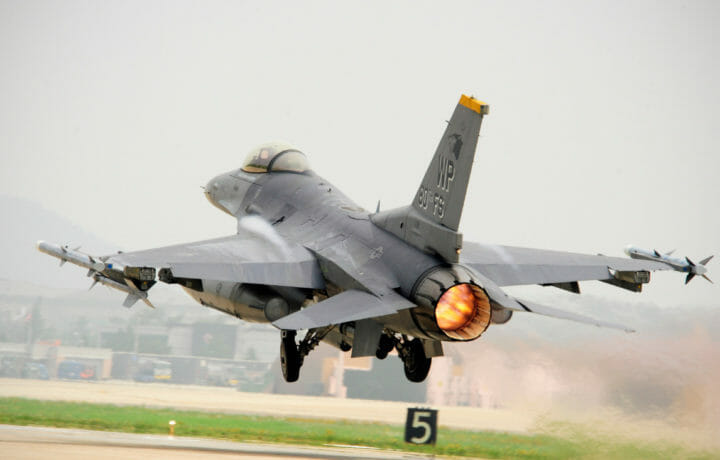The United States military continues to explore opportunities in the development of autonomous platforms including combat systems. This week, the Defense Advanced Research Projects Agency (DARPA) awarded BAE Systems’ FAST Labs research and development a $4 million contract to help in the development of autonomous aircraft.
The research and development agency of the United States Department of Defense responsible for the development of emerging technologies for use by the military issued the contract for Phase 1 of the Artificial Intelligence Reinforcements (AIR) program.
The effort seeks to “overcome the fast-paced and uncertain environment that is inherent to air combat and presented a challenge for autonomous agents,” BAE Systems explained. As part of the Phase 1 initiative, DARPA Air seeks to advance dominant tactical autonomy for beyond visual range (BVR) air combat missions.
“Generating reliable, consistent air combat performance requires a vast amount of data and rapid, robust testing cycles,” said Michael Planer, scientist and principal investigator at BAE Systems’ FAST Labs. “Using machine learning, we will train the models used to make dynamic decisions – ensuring that the Artificial Intelligence (AI) pilot is tested and trusted by human pilots.”
BAE Systems has been tasked to employ machine learning (ML) to innovate simulation models of existing sensors, electronic warfare systems, and weapons within dynamic and operationally representative environments.
“ML techniques will also capture the underlying physics of aerial maneuvers and systems. The company will then create the processes needed to rapidly design, test, and deliver future iterations of AIR software products,” BAE Systems added. Work on the AIR program will take place in Arlington, Virginia, and Burlington, Massachusetts.
Modified F-16s
The autonomy solutions will be developed and demonstrated on F-16 testbeds – modified U.S. Air Force F-16 Fighting Falcon all-weather multirole combat aircraft.
In April, the United States Air Force’s 96th Test Wing and 53rd Wing welcomed the first three F-16 Fighting Falcons ready to take part in the Viper Experimentation and Next-gen Operations Model – Autonomy Flying Testbed program.
According to the air service, the VENOM-AFT was designed and funded to accelerate the testing of autonomy software on crewed and uncrewed aircraft. It complements the autonomy data and artificial intelligence experimentation proving ground at Eglin Air Force Base and informs the Collaborative Combat Aircraft program and other autonomy developers.
Last month, the Air Force Research Laboratory (AFRL) also conducted a test flight of an autonomously-piloted Cessna 208 Caravan.
The Significance of Unmanned Aerial Systems
The U.S. Air Force has been collaborating with the U.S. Navy on the development of the “collaborative combat aircraft” (CCA), which includes unmanned aerial systems (UAS) that can act as “loyal wingmen” to manned fighters.
These would be low-cost platforms that could act as force multipliers and assist a manned fighter; even sacrificing themselves to ensure the human pilot can complete the mission and get back home. The significance of these unmanned systems has further increased as Air Force officials have admitted concerns over the potential costs of the Next Generation Air Dominance (NGAD) program, which calls for a system of systems, including a six-generation manned air superiority fighter.
It would seem that instead of hitting the afterburners on the NGAD, the Air Force is now exploring options for more cost-effective unmanned platforms. DARPA AIR would seem to be one possible solution.



